Last month I featured the sandhill cranes I photographed in New Mexico a few Christmases ago. While I was in New Mexico, I secretly hoped to see a critter that had been on my bucket list for nearly 40 years. The animal I dreamed of seeing was the javelina (pronounced have-a-LEEN-ah), a piglike mammal that roams the deserts, chaparral, and oak woodlands of the American Southwest. As fate would have it my wish came true while I was out hiking on Christmas Day. It was the best gift a nature nerd like me could get.
The scrublands of Bosque del Apache National Wildlife refuge in southern New Mexico.
Javelinas live in sociable herds containing up to 30 members, but the group I encountered had about a dozen animals in it. For three days, I was able to locate the same herd and follow them through thickets and grassy areas. After the first day, if I moved slowly and as quietly as possible, the javelina would completely ignore me and I could observe their behaviour, sometimes from just a few meters away. I watched them playfully chase each other, nuzzle, scent mark, root for food, groom each other, even court and mate.
When photographing wildlife, a closeup portrait is nice, but capturing behaviour is almost always better. Even a photo of an animal stretching or yawning is better than a static portrait. These two javelinas were simultaneously scent marking each other by rubbing a musty-smelling scent gland on their lower back.
Male and female javelinas are roughly the same size. The male on the right is courting a female. It is rare to get a mating photograph of any species because the animals are usually quite vulnerable at that time and won’t allow a human spectator to be standing nearby, no matter how non-threatening I would try to appear.
Baby javelinas can be born in any month of the year, but most commonly in June just before the beginning of the summer rains. Twin births are most common, and the young may nurse for up to two years.
Javelinas occur from the southwestern USA southward through Mexico and Central America, ranging into South America as far as northern Argentina. Though piglike in appearance, they actually belong to a separate group of hoofed mammals called peccaries, of which there are three different species. The javelina, also known as the collared peccary because of the ring of light fur around its neck, is the smallest of the trio, and is a stocky, short-legged animal weighing 18-27 kilograms.
After a week spent working with the cranes in New Mexico I travelled west to southern Arizona where a freak winter storm had covered the desert with a white blanket of snow which completely melted in a day and a half.
In southern Arizona, I found another group of javelinas, this time in the deserts east of Tucson.
Javelinas are primarily vegetarians eating roots, seeds, grasses, and fruits. They are especially fond of prickly pear cacti, and eat the plants’ flowers, fruits and fleshy pads seemingly oblivious to the cacti’s sharp protective spines. In the photograph, the animal is eating the tender tips on the branches of a palo verde, a common desert tree.
The musky-smelling scent gland that javelinas have on their lower back helps members of a herd acquire a distinctive group odour. The animals achieve this by frequently participating in mutual rubbing sessions where they stand side by side, facing in opposite directions with their sides touching while each vigorously rubs the side of its head against the other’s hindquarters and scent gland. Sometimes males and females rub each other, sometimes both are males, and sometimes both are females. Javelinas also use their scent glands to mark the boundaries of the herd’s territory, rubbing the oily musk on rocks, shrubs and trees.
Few non-carnivorous mammals have as large and as sharp canine teeth as the javelina. The upper and lower canines rub against each other, resulting in razor-sharp edges. The canines are a formidable defensive weapon, and when loudly chattered, function as an effective acoustic warning to rivals and predators.
A javelina uses its tough nasal disk to root in the ground in the same way that a pig does. Javelinas that belong to the same herd also groom each other constantly with their noses.
Javelina populations are currently doing well and are abundant in many areas.
About the Author – Dr. Wayne Lynch
For more than 40 years, Dr. Wayne Lynch has been writing about and photographing the wildlands of the world from the stark beauty of the Arctic and Antarctic to the lush rainforests of the tropics. Today, he is one of Canada’s best-known and most widely published nature writers and wildlife photographers. His photo credits include hundreds of magazine covers, thousands of calendar shots, and tens of thousands of images published in over 80 countries. He is also the author/photographer of more than 45 books for children as well as over 20 highly acclaimed natural history books for adults including Windswept: A Passionate View of the Prairie Grasslands; Penguins of the World; Bears: Monarchs of the Northern Wilderness; A is for Arctic: Natural Wonders of a Polar World; Wild Birds Across the Prairies; Planet Arctic: Life at the Top of the World; The Great Northern Kingdom: Life in the Boreal Forest; Owls of the United States and Canada: A Complete Guide to their Biology and Behavior; Penguins: The World’s Coolest Birds; Galapagos: A Traveler’s Introduction; A Celebration of Prairie Birds; and Bears of the North: A Year Inside Their Worlds. In 2022, he released Wildlife of the Rockies for Kids, and Loons: Treasured Symbols of the North. His books have won multiple awards and have been described as “a magical combination of words and images.”
Dr. Lynch has observed and photographed wildlife in over 70 countries and is a Fellow of the internationally recognized Explorers Club, headquartered in New York City. A Fellow is someone who has actively participated in exploration or has substantially enlarged the scope of human knowledge through scientific achievements and published reports, books, and articles. In 1997, Dr. Lynch was elected as a Fellow to the Arctic Institute of North America in recognition of his contributions to the knowledge of polar and subpolar regions. And since 1996 his biography has been included in Canada’s Who’s Who.



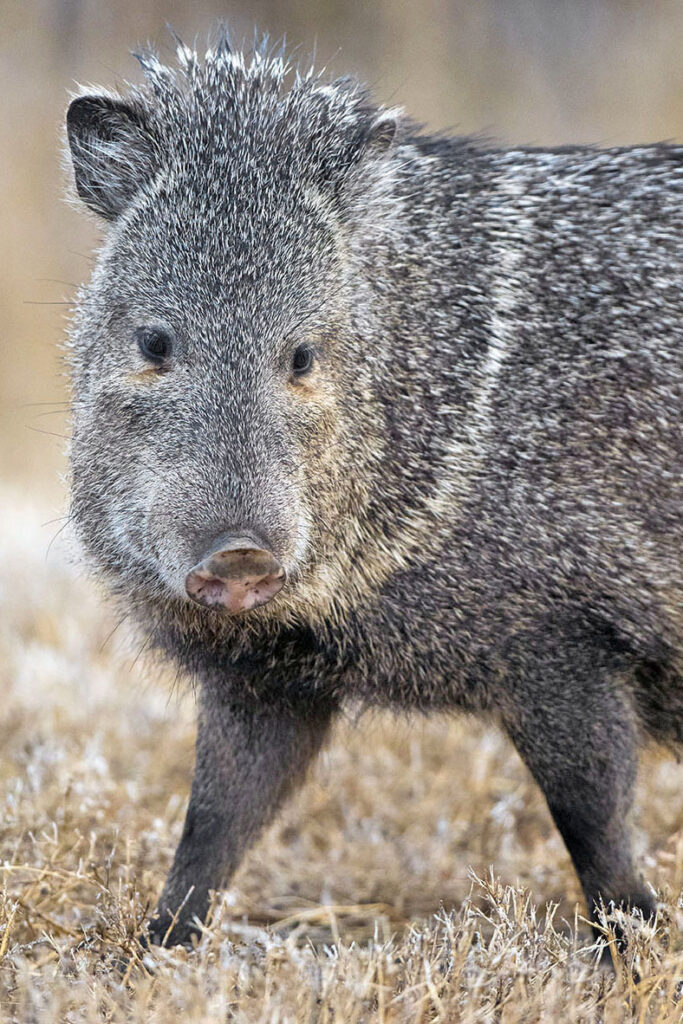
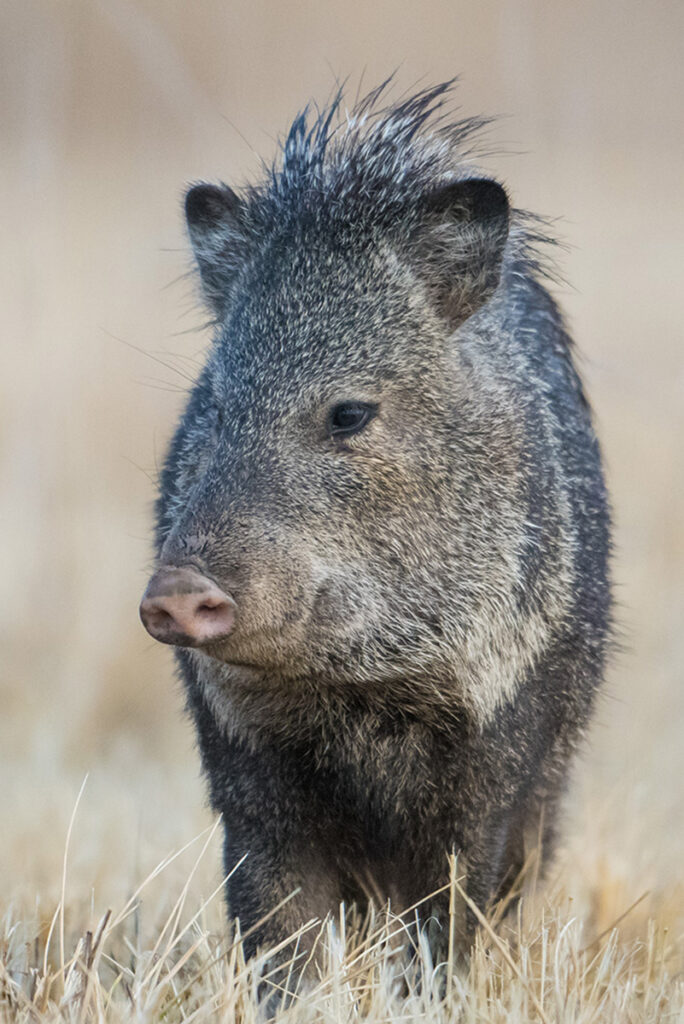
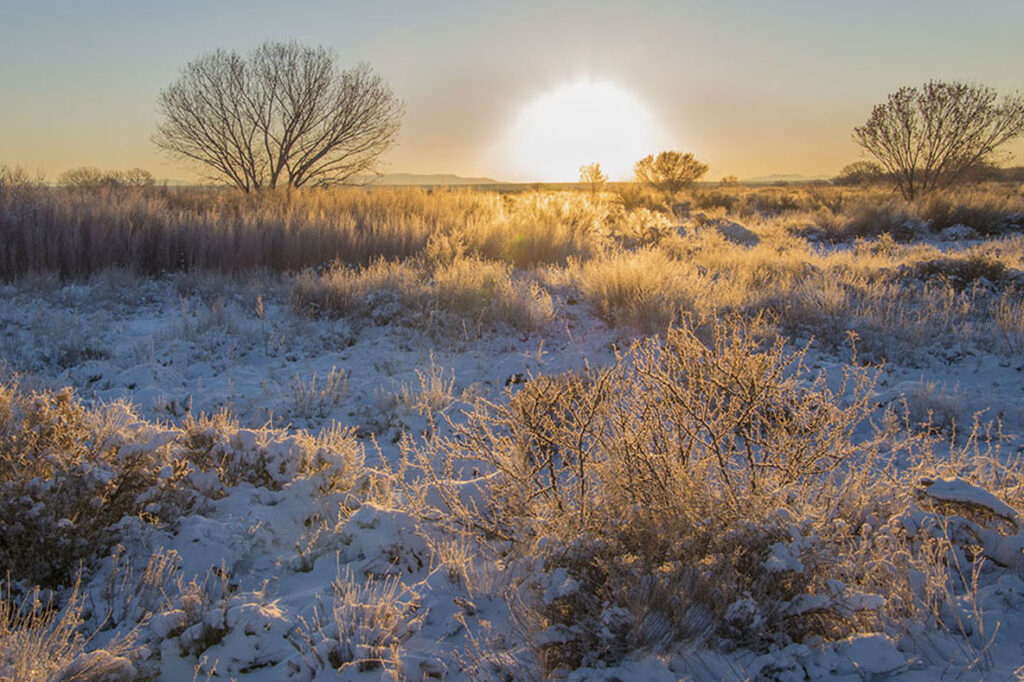
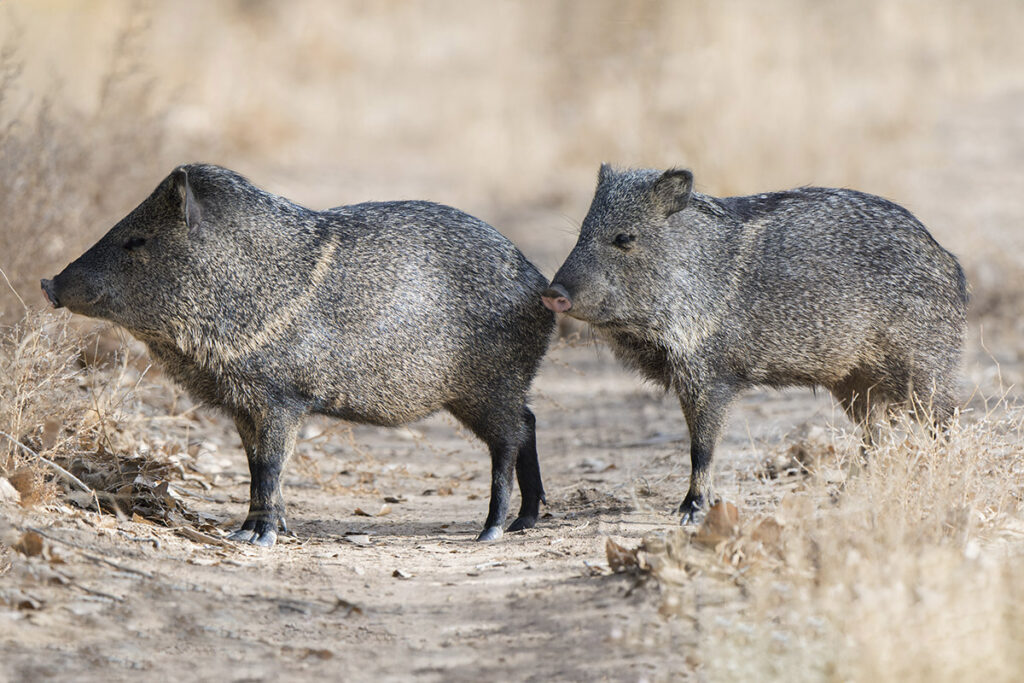
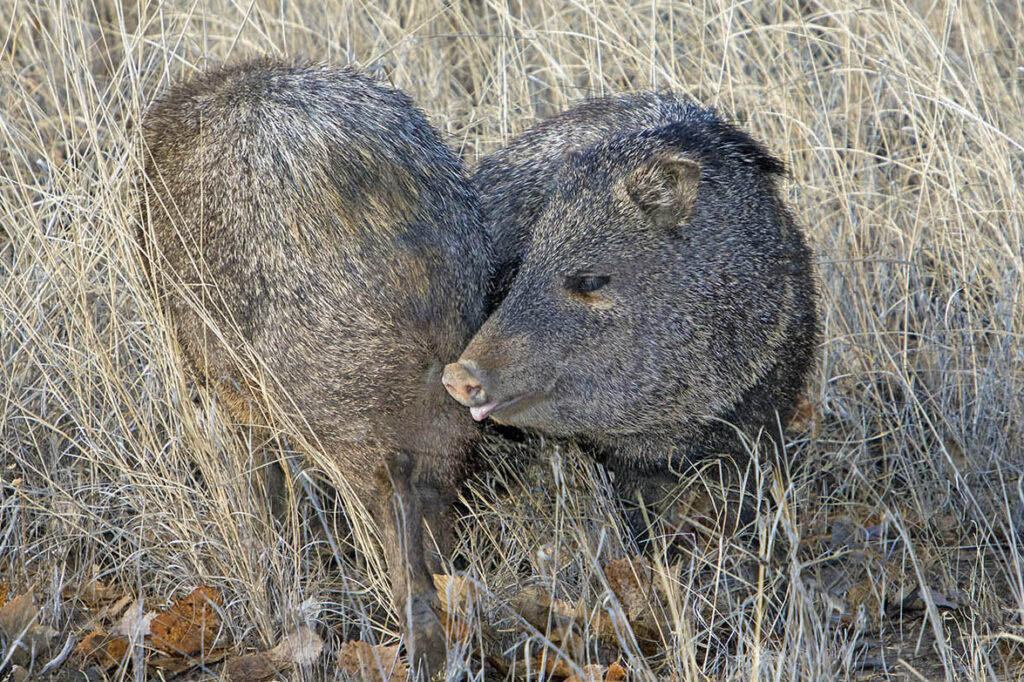
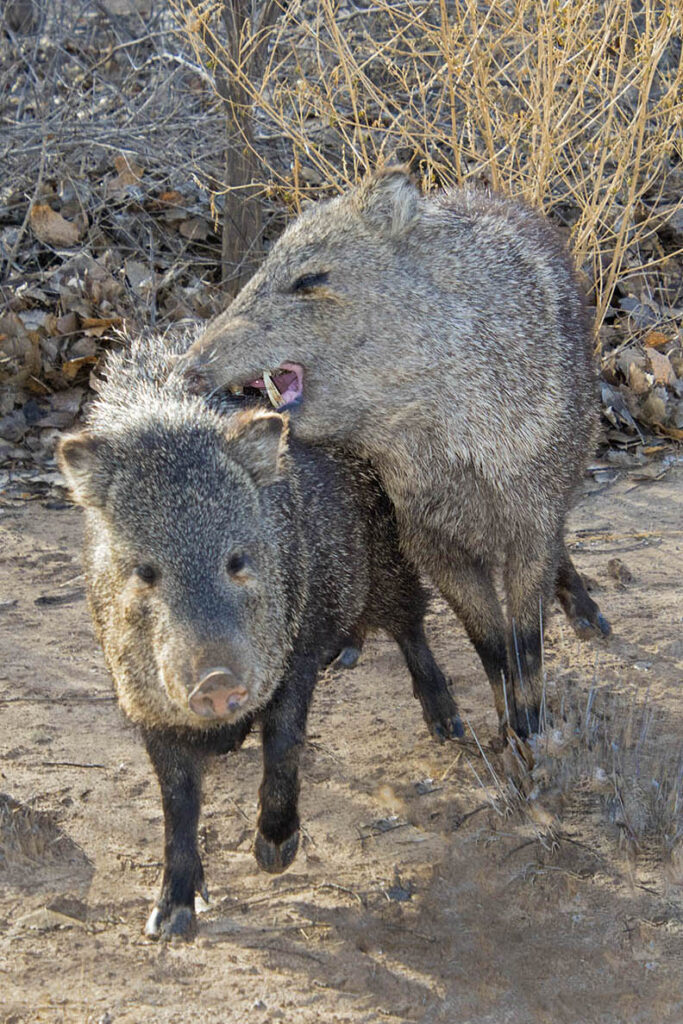
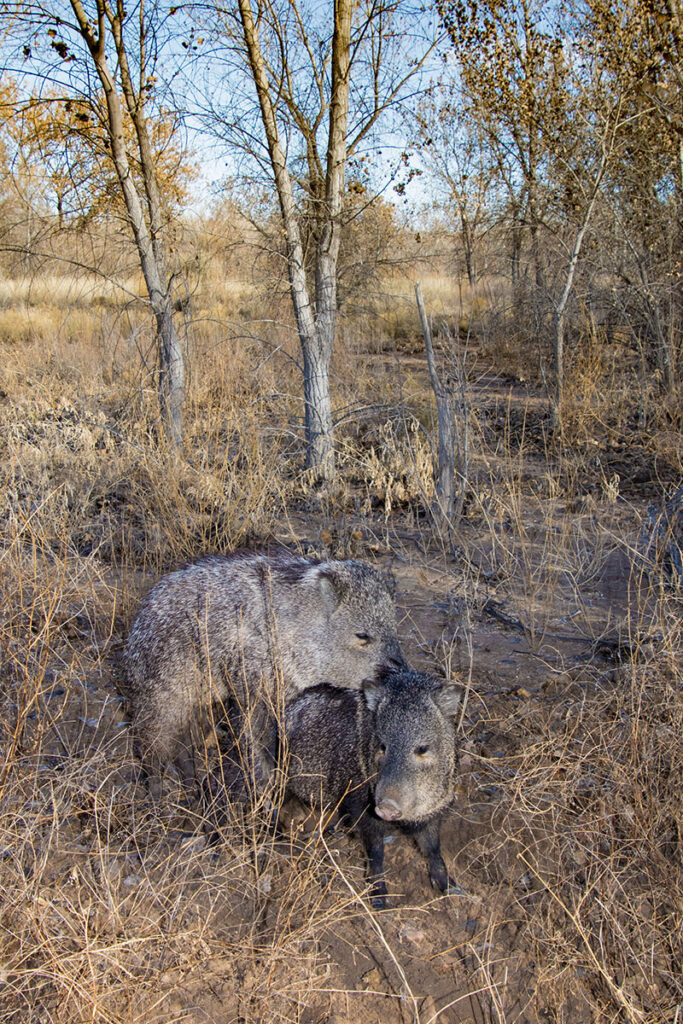
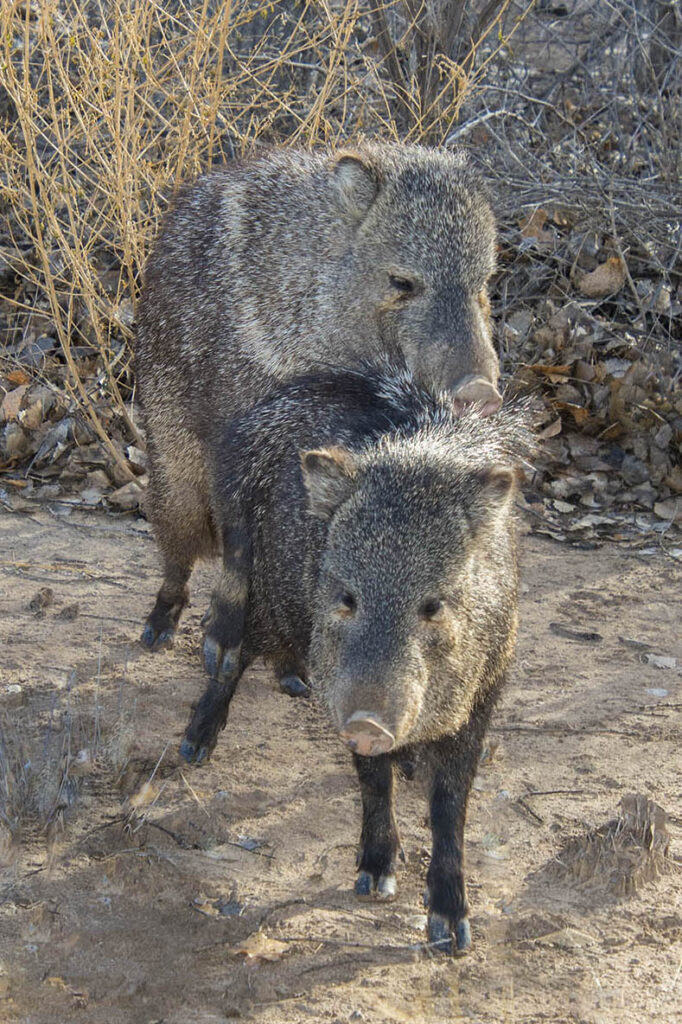
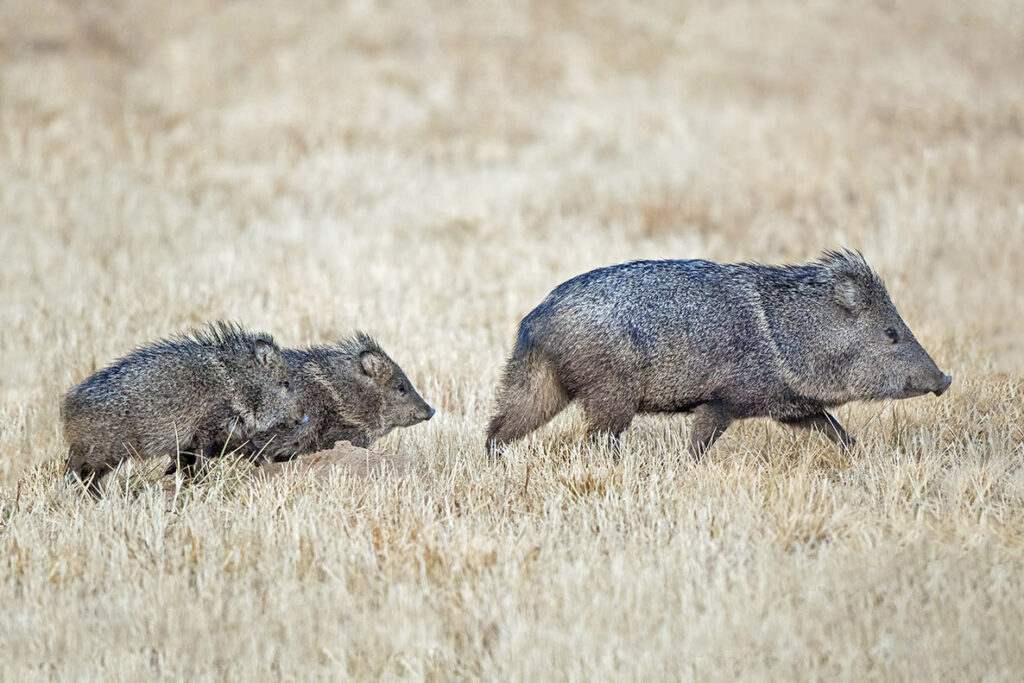
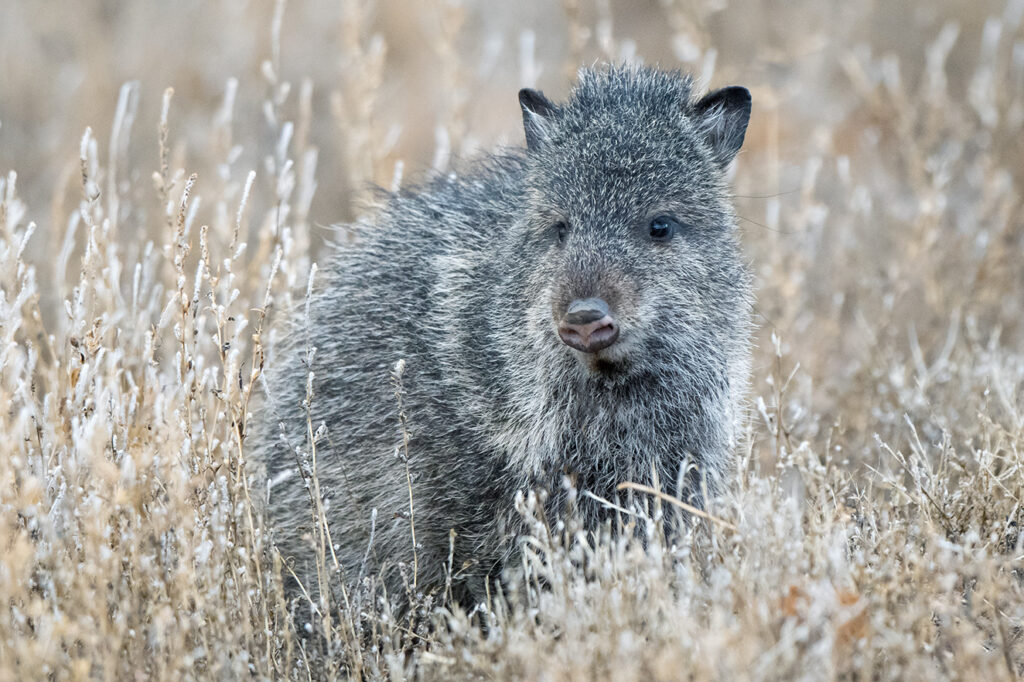


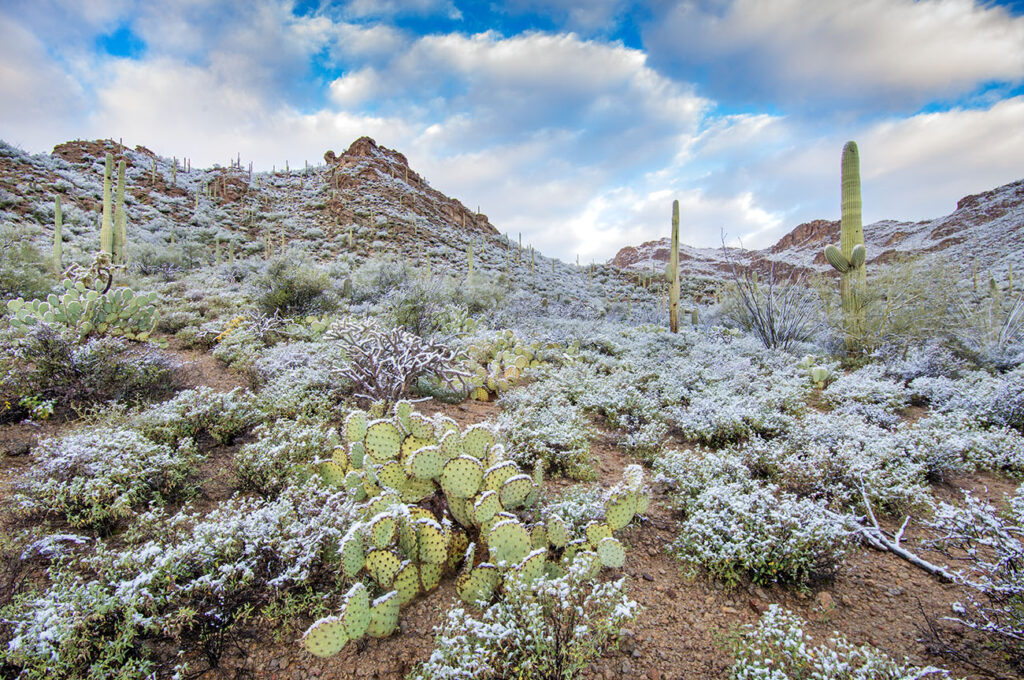
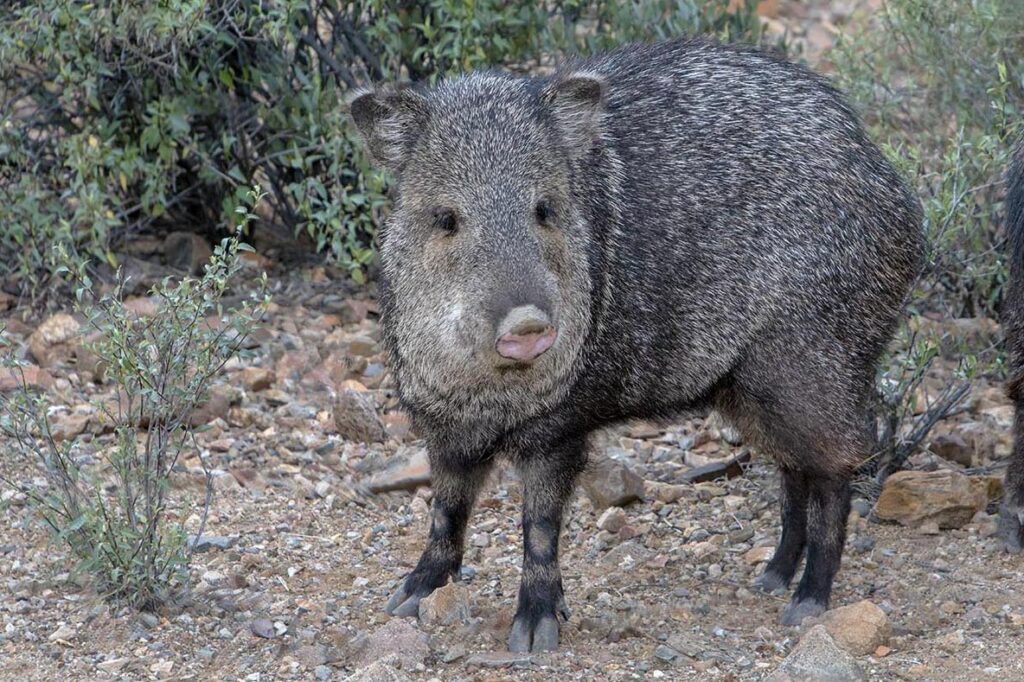
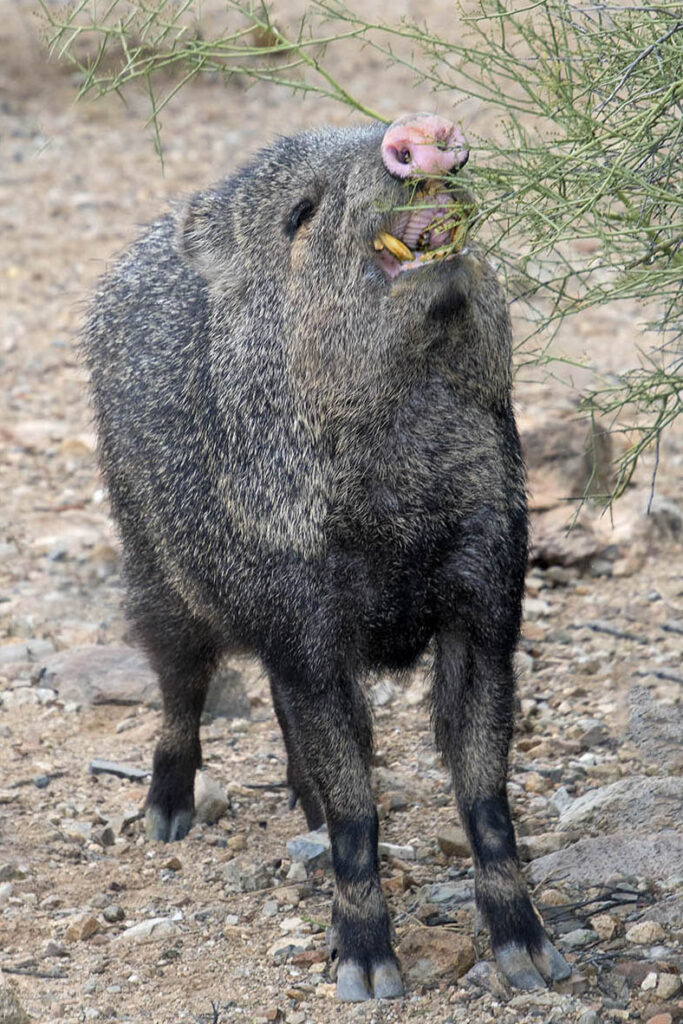
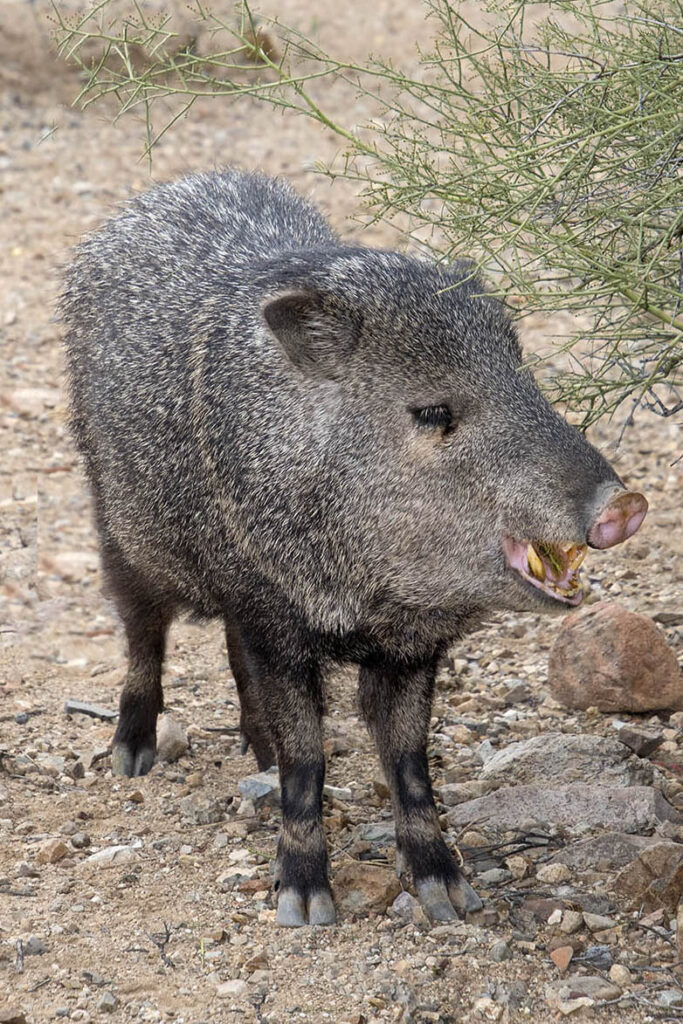
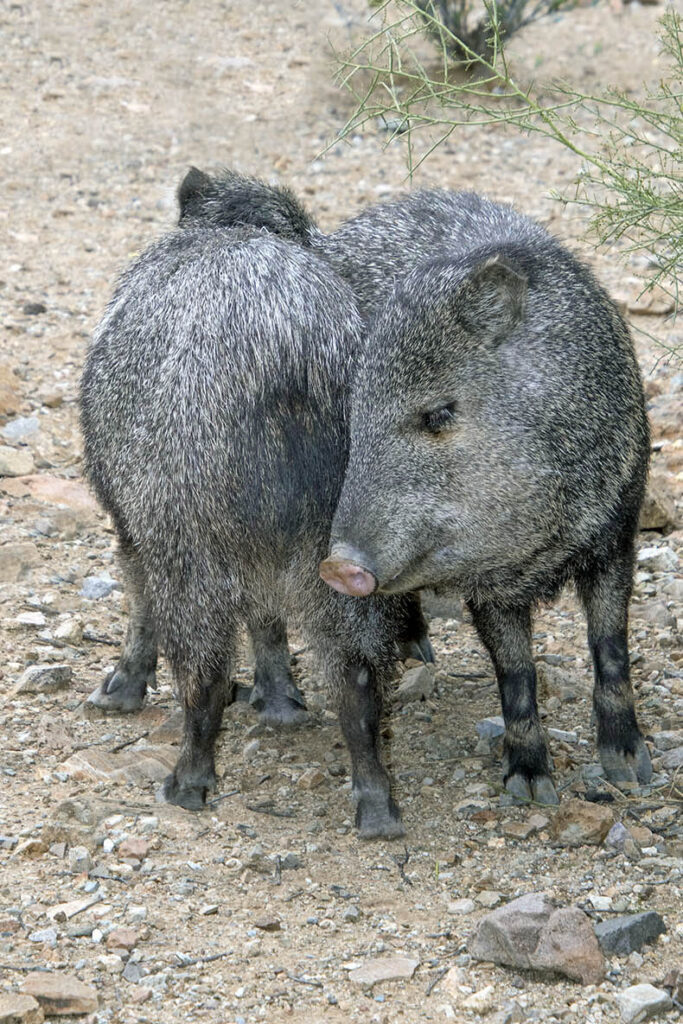
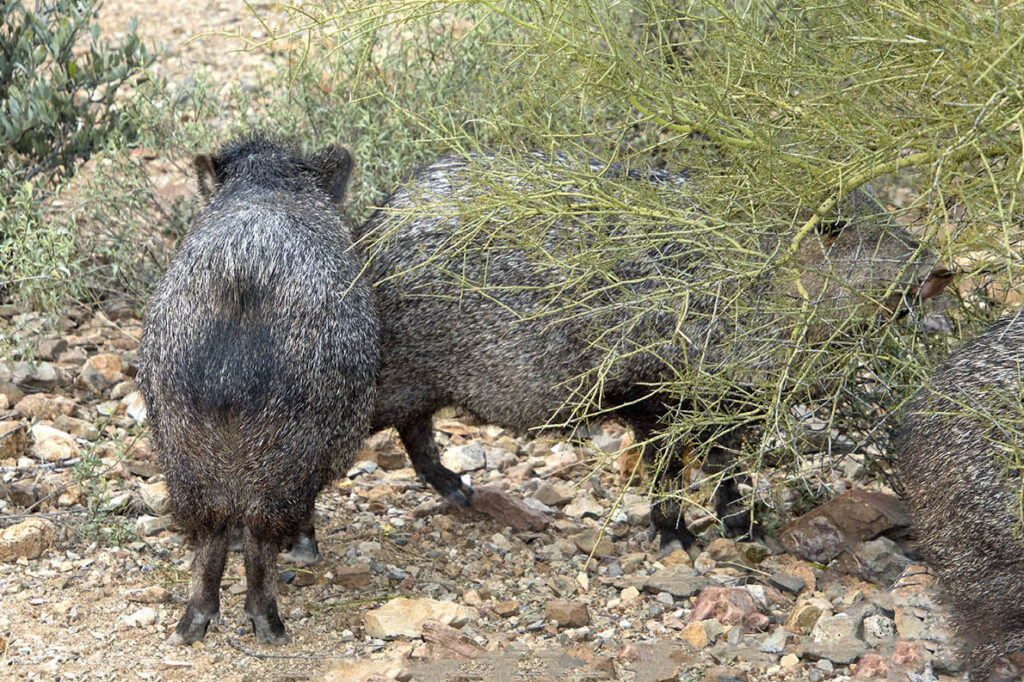
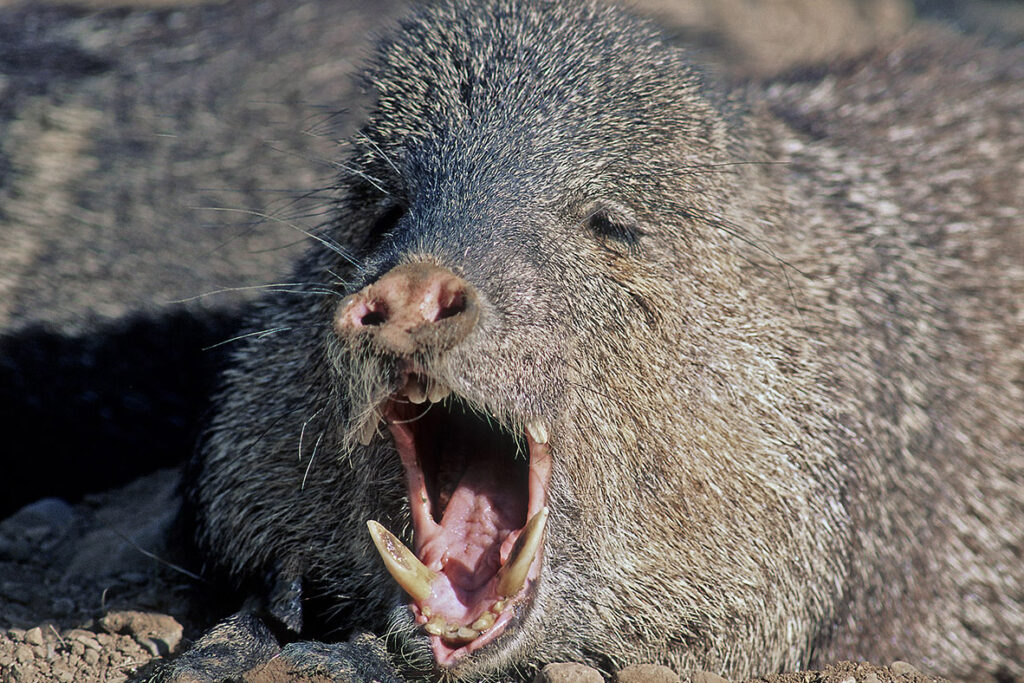
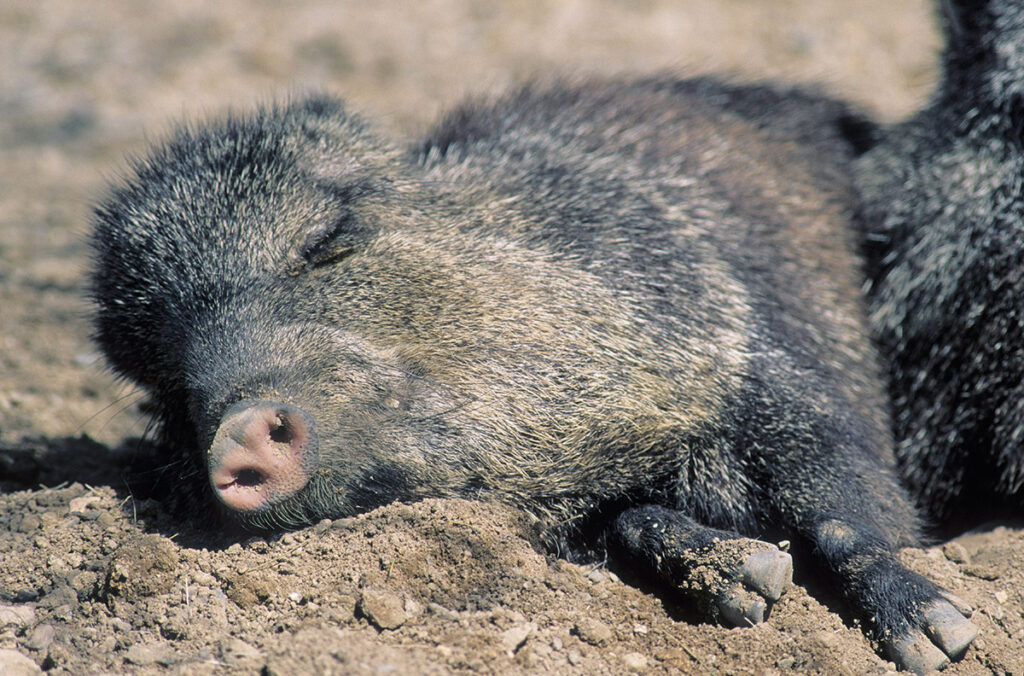
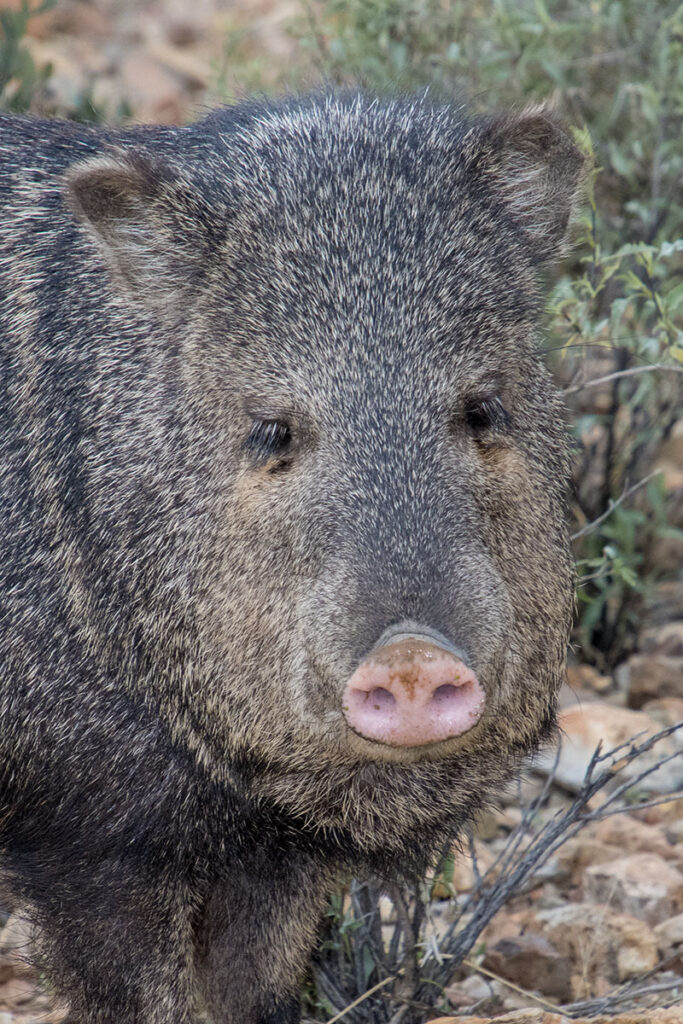
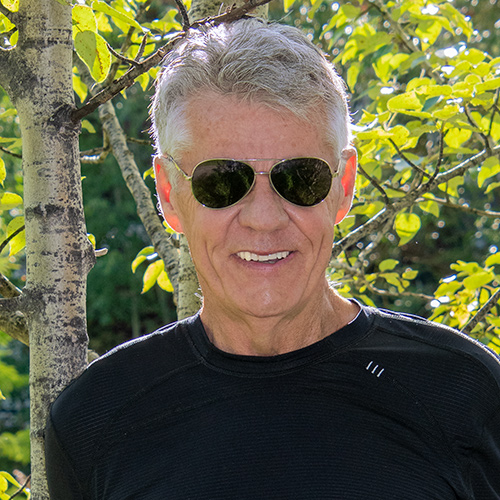




Great Job Dr. Wayne. I have filmed the in south Texas in the winter but you have many more aspects of their life than I was able to get. Very interesting article and super pics.
Hi Wally. In both New Mexico and Arizona I was working with unhunted populations of javelina so that certainly worked in my favour. I have heard that Big Bend National Park in southern Texas is a good place to photograph javelina, although I have never been there. Good luck.
Wayne
Have followed his work since his time as a DR in emerg hospital. His articles are easily understood and informative and the photos fabulous.
Hi Marlyn. I am intrigued by your email. I presume we met in the past but I’m afraid I don’t remember. Thanks for the kind words.
I had to read up on them. I see them a lot in the west Texas. I live in Alpine Texas close to the mountains. I’m amazed at how close they come up to the house. Wish I could take the pictures I took of one..